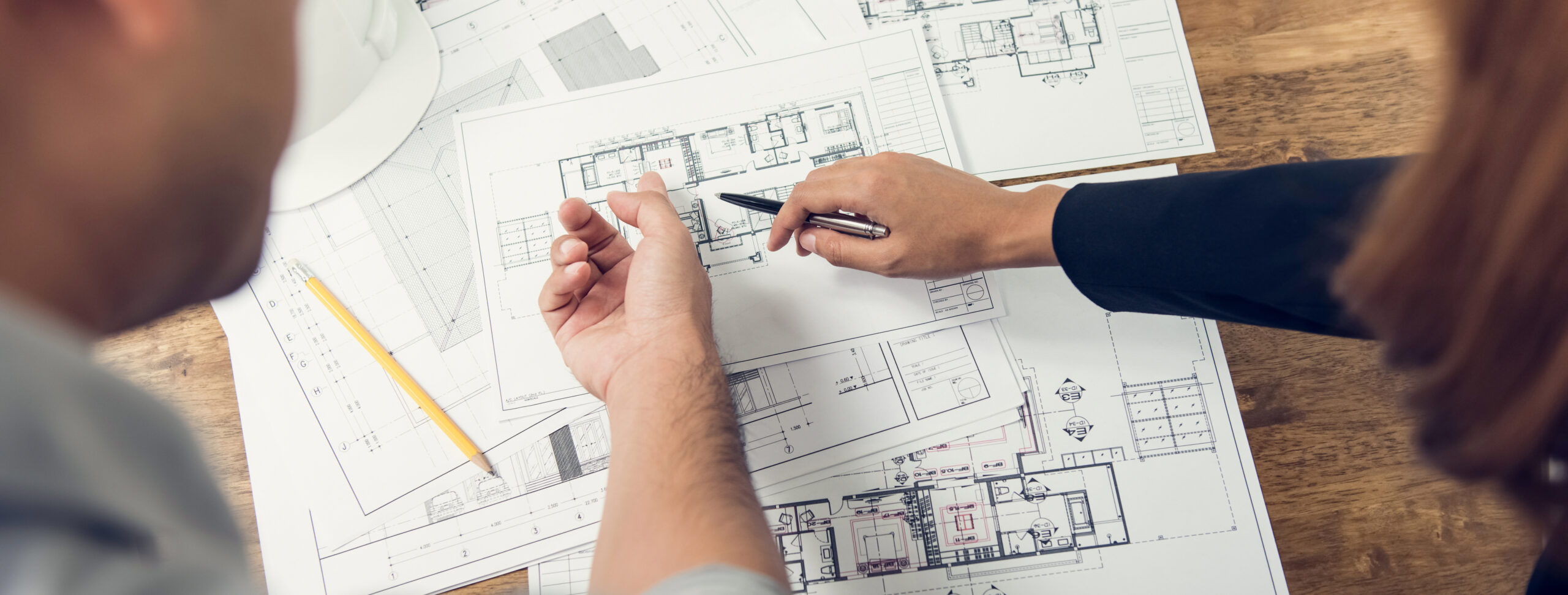Designing for Impact: How Architects Shape Public Life Beyond the Drawing Board
By Cornelius (Lee) Alig
As someone who has worked at the intersection of architecture, urban development, and community engagement for decades, I’ve long believed that good design is about far more than aesthetics. Yes, architecture shapes skylines—but more importantly, it shapes lives. The buildings we design, the public spaces we help plan, and the infrastructure we develop all influence how people experience their neighborhoods, interact with one another, and connect with their city.
The Responsibility of Design
Architecture isn’t just a technical discipline; it’s a social one. Every design decision—whether it’s the placement of a window or the orientation of a building—has a ripple effect on the people who live, work, and move around that space. As architects, our responsibility goes beyond satisfying code requirements or pleasing a client. We are stewards of the public realm. And in many cases, we’re shaping the backdrop of people’s daily lives.
When I co-founded Mansur Real Estate Services and helped lead various mixed-use and hospitality developments, we weren’t just creating buildings. We were creating experiences—environments that welcomed people, connected neighborhoods, and respected the local context. That mindset is essential for any architect who wants to make a lasting, positive impact.
Listening to Communities
One of the greatest lessons I’ve learned is that impactful design begins with listening. Communities are not blank slates waiting to be developed—they are rich ecosystems of stories, struggles, and dreams. I’ve always found that the most successful projects are those where designers engage the people they’re designing for.
I’ve served on more than 15 nonprofit boards and worked with a wide range of civic leaders and grassroots organizations. Across all those experiences, one truth stands out: when people feel heard, they take ownership of their community. Whether we’re preserving a historic landmark or designing new affordable housing, collaboration leads to outcomes that are not only functional but meaningful.
From Blueprints to Behavior
There’s a common misconception that architecture ends at the drawing board. But the real measure of a project’s success is how it works in real life. Does it encourage social interaction? Does it support sustainability? Does it make people feel safe and inspired?
Public libraries, parks, transit stations, and mixed-use developments all serve as platforms for civic life. The spatial arrangement of a plaza can determine whether it becomes a gathering spot or an empty cut-through. A thoughtfully designed sidewalk, shaded by trees and lined with benches, can turn a forgotten corner into a vibrant public space.
These details matter. They can influence everything from how people walk to how they talk to each other. That’s why I believe design is a powerful tool for social change.
Preservation as a Public Good
Historic preservation is another dimension where architecture shapes public life. In my career, I’ve had the privilege of contributing to efforts that revitalized downtown Indianapolis and protected architectural heritage across Indiana. I’ve seen firsthand how adaptive reuse of old structures can breathe new life into neighborhoods.
Preserving buildings isn’t about clinging to the past—it’s about honoring the stories embedded in our built environment and adapting them for future use. When done thoughtfully, preservation projects offer a sense of continuity and identity. They remind us where we’ve been and invite us to imagine where we can go.
Designing with Purpose
Over the years, my interests have extended beyond commercial projects into hosting a design-minded radio show, contributing to local beautification efforts, and volunteering with organizations like Keep Indianapolis Beautiful and Second Helpings. In each of these roles, I’ve seen the many ways that design and service intersect.
Architects are uniquely positioned to influence policy, advocate for sustainability, and champion equity. We can push for walkable communities, lead the integration of green infrastructure, and design inclusive public spaces. These are not just technical achievements—they are moral imperatives.
The Path Forward
As cities across the Midwest and beyond evolve, the role of the architect must evolve too. Our value isn’t limited to what we build; it’s in how we think, how we collaborate, and how we care.
Designing for impact means acknowledging that our work exists in a broader social, environmental, and cultural context. It means showing up as more than professionals—it means showing up as partners, neighbors, and citizens.
If we do our jobs well, the buildings we design will outlast us. But more importantly, the communities we help shape will thrive—and that’s the legacy worth striving for.
